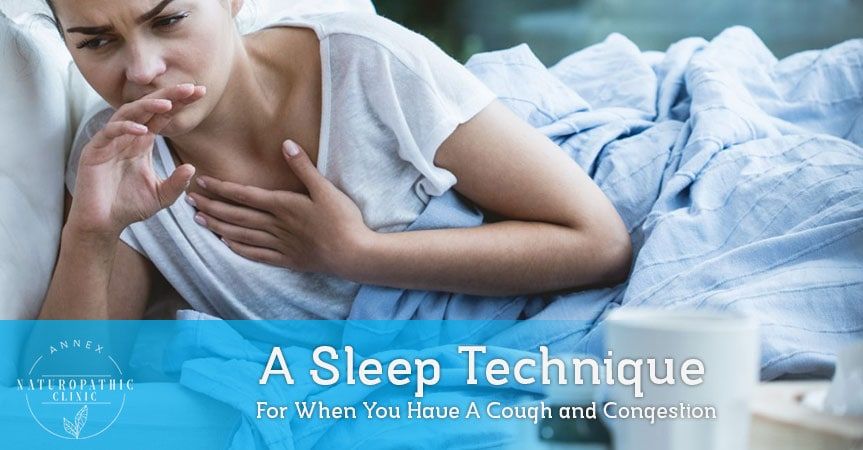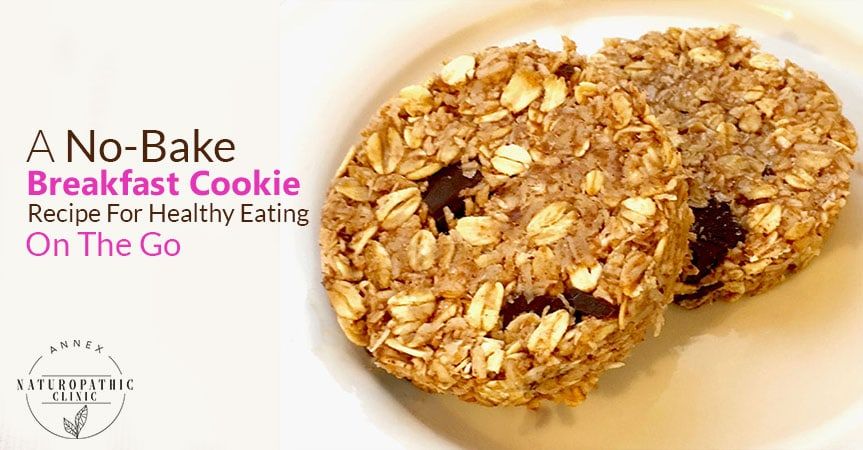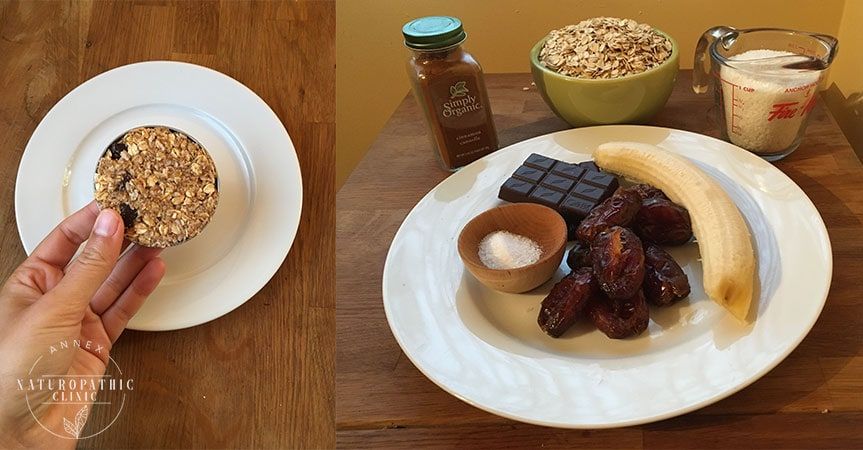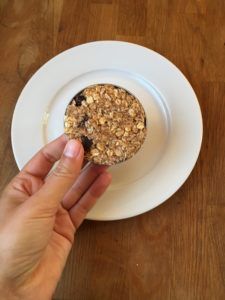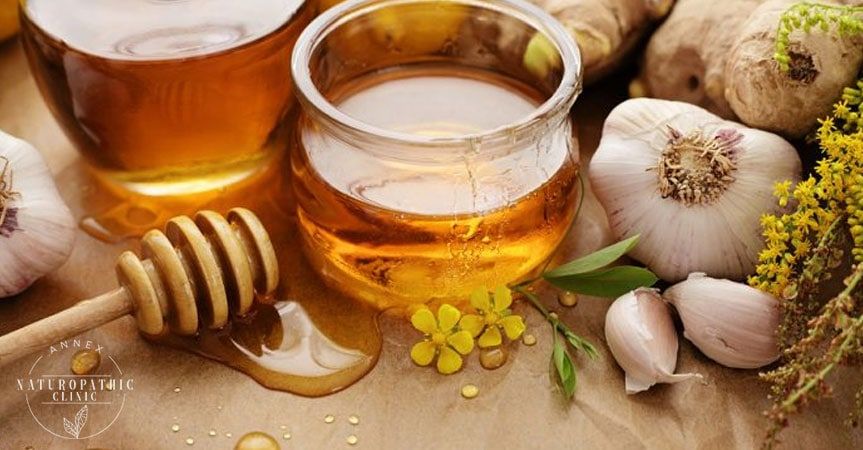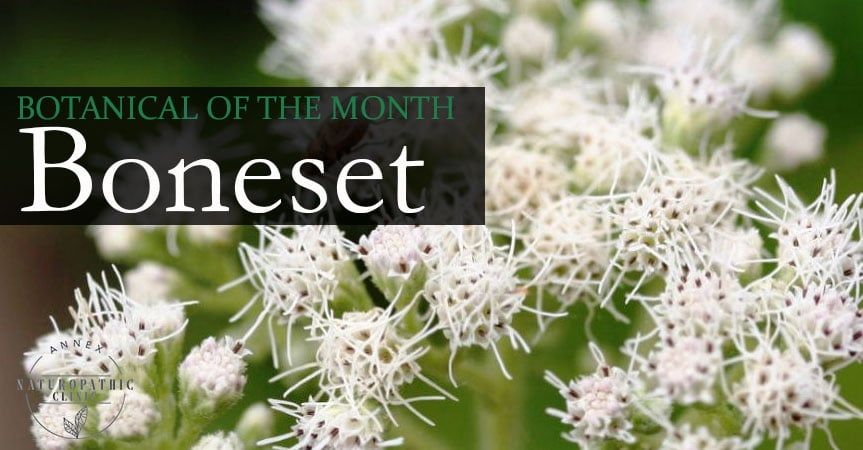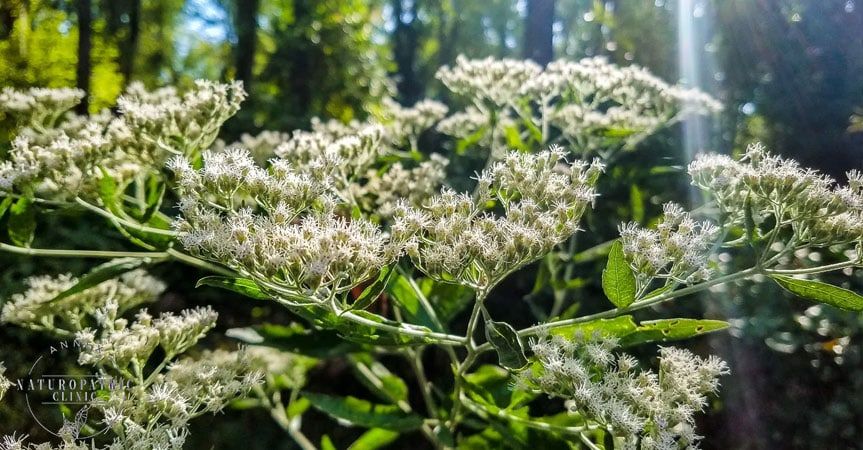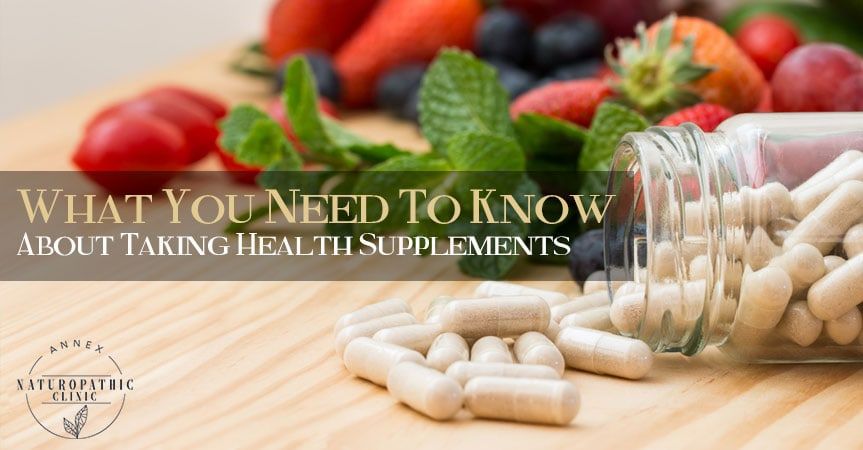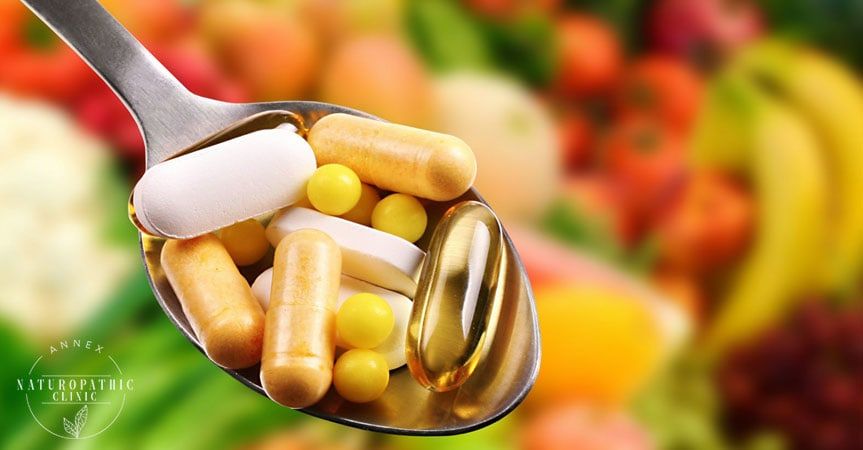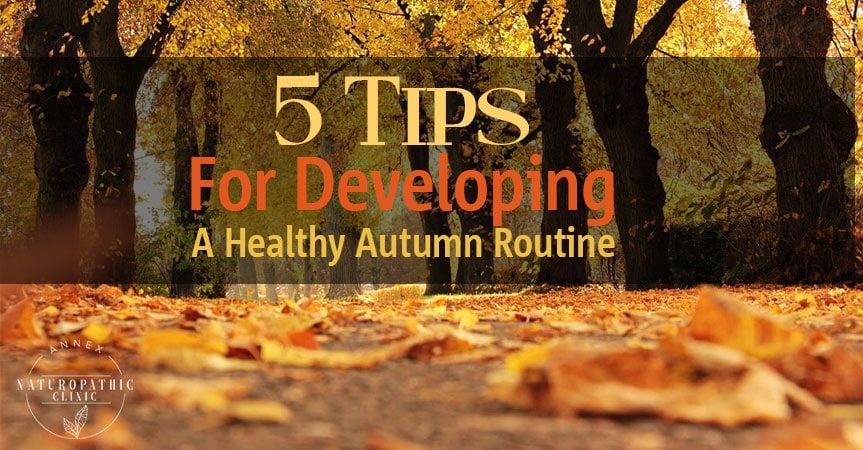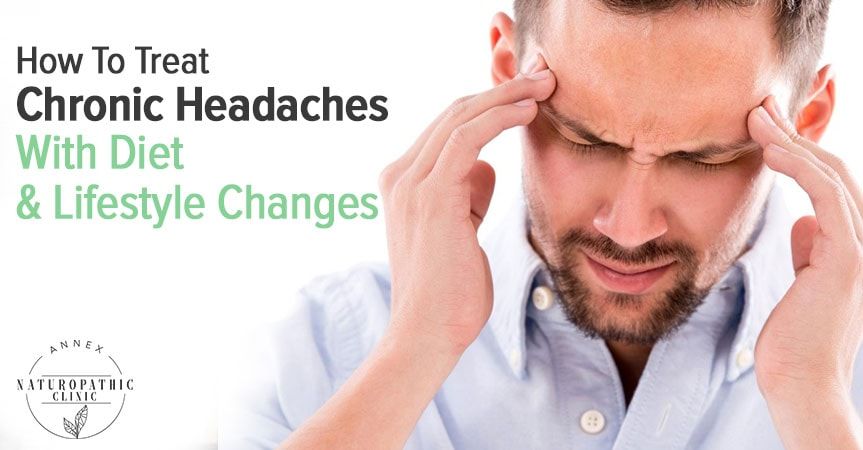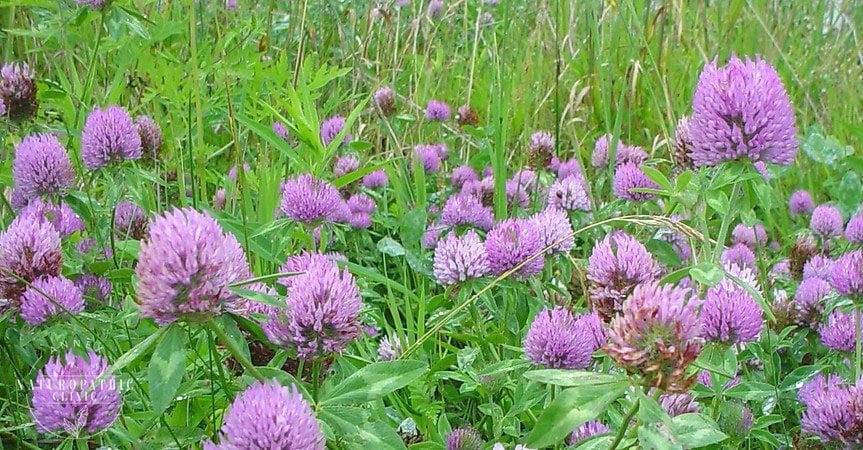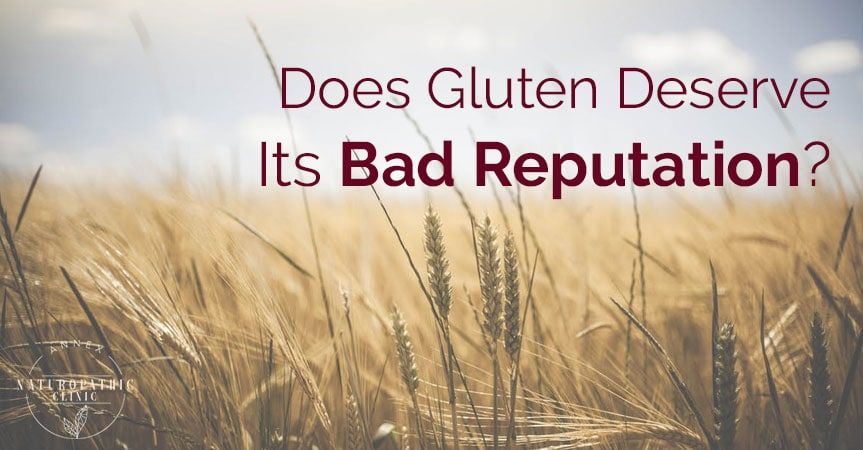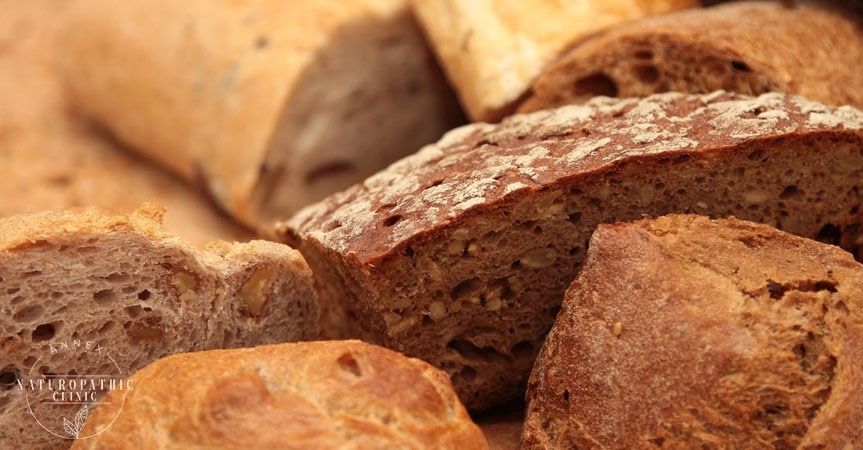
As a female naturopathic doctor, I have a a great deal of experience in women's health issues. Much of it treating conditions like hormone imbalances and their effects on our quality of life.
Hormone imbalances are a complicated thing though.
Often times women will feel that their hormones are off, but after blood work and basic analysis, it’s likely that everything will come back "normal".
So how is it that hormones are normal, yet one day your body feels completely off, or that you one day find that you have fibroids? or endometriosis? or fertility issues?
What are some of the signs and symptoms that could lead you to potentially prevent and actually treat these conditions, instead of coming up with band-aid solutions to cover up the symptoms?
What is Estrogen Dominance?
Estrogen dominance is a hormonal condition that is often never detected in conventional medicine - the term dominance may indicate that a high level of estrogen would be detected on routine blood work, but this is not often the case.
In fact, estrogen typically comes back "within normal range" in women who have estrogen dominance - how is this so?
This is because estrogen dominance is a functional hormonal imbalance and is not a "excess" condition.
A functional hormonal imbalance indicates that while the body is clearly performing daily as it should, there are signs and symptoms that one experiences, whether it be mild or debilitating, indicate that the overall system is compromised.
This may not be a big deal, but if undetected and left untreated, can lead to chronic disease.
Signs and Symptoms of Estrogen Dominance
The interesting thing about estrogen dominance is that it’s highly common in our society - many women experience symptoms of estrogen dominance monthly, some more severely than others.
The typical symptoms of estrogen dominance include:
PMS symptoms such as irritability, breast tenderness/swelling, premenstrual pain, acne, constipation, bloating, headaches
Painful periods
Irregular periods
Insomnia
Cyclical moodiness
Many women experience these symptoms and are told they are "normal".
They are considered normal because these symptoms are a "societal norm", meaning that many people have these symptoms so therefore it’s normal, but from a health perspective, this is not normal!
If you have mild symptoms, it’s likely that you’re fine, but if any of these symptoms become severe and affect your day to day living, you definitely should consider being assessed for estrogen dominance.
Mainstream treatment for these symptoms usually involve being on hormonal contraception (birth control), anti-depressants, or pain-medications, and while these may help control your symptoms, none of these solutions actually target the root cause.
If the root cause isn’t treated, it can lead to chronic disease

Associated Symptoms
When you have increased amounts of estrogen in your body, this can highly affect estrogen-sensitive tissues.
The tissues that are most affected are in the breast and uterus.
Why is breast tenderness and swelling caused by estrogen-dominance?
It’s because your breast tissue is hyper-stimulated.
Why do you feel pain during your menstrual flow, or experience extremely heavy flows when you have estrogen-dominance?
This is because your uterine lining is hyper-stimulated by estrogen dominance.
When these tissues are hyper-stimulated, that leads to "cell proliferation" - long term cell-proliferation in the breast can lead to breast cancer.
Long-term cell proliferation in the uterus is called endometrial hyperplasia, which is a risk factor for uterine fibroids, endometriosis and uterine cancer.
What causes estrogen dominance?
Estrogen dominance is when there is an abundance of estrogen wrecking havoc on the body that isn’t being balanced by other hormones, or properly cleared by the liver.
Reasons for why someone can have estrogen dominances are stemmed from:
- Biochemical imbalances and genetic-related dysfunction of liver detoxification
- Increased estrogen production due to chemical exposure and inflammation
- Relative excess due to another hormone deficiency
- Environmental and dietary exposure to xenoestrogens.
I will go through each of these reasons in detail in upcoming articles.
Today we will focus on liver detoxification.
Estrogen and liver detoxification
Estrogen is activated and then detoxified by the liver.
Liver detoxification occurs in phases.
Phase 1 Liver Detoxification
Phase 1 is responsible for exposing a hydroxyl-group (OH) to the estrogen (estrone E1 for this discussion) molecule, which breaks it down to many different estrogen "metabolites" with this OH group.
Each metabolite has it’s own impact and function on the body. When the liver is working properly, it breaks estrogen down so the ratio of these metabolites favour optimal estrogen effect: an abundance of the protective 2-OH-E1 metabolite.
When the liver is having problems with phase 1, then it may favour the production of other estrogen metabolites, ones that have carcinogenic (cancer-causing) effects on the estrogen-sensitive tissue - these metabolites are 16-OH-E1 and 4-OH-E1.
The reason why the liver may favour the production of some metabolites versus the other comes down to which enzymes are activated. 2-OH-E1 is produce through the CYP1A1 enzyme, 4-OH-E1 through CYP1B1 and 16-OH-E1 CYP3A4, all of these are part of Phase 1 enzyme system called the Cytochrome P450 system.
One could have a genetic abnormality in the enzyme for 2-OH-E1 (CYP1A1), or could be lacking the essential "cofactors" to the enzyme, rendering the enzyme more sluggish and unable to keep up with 2-OH-E1 production.
One could also be exposed to environmental toxins that can also render the enzyme functionally slow, or simply have a diet that isn’t rich in foods that favour the production of 2-OH-E1.
Or for some reason, the enzymes for 4 and 16-OH-E1 can be upregulated, favouring their production over 2-OH-E1.
Phase 2 Liver Detoxification
Phase 2 is all about conjugation - binding the now hydrolyzed estrogen to a methyl-group to exert further effects of the body and to prepare the estrogen for excretion out of the body.
2-OH-E1 and 4-OH-E1 are conjugated by the same enzyme called COMT - this enzyme is essential for turning these in to 2 and 4 -methoxy-E1. 2-methoxy-E1 is protective to the body, while 4-methoxy-E1 is neutralized by this process.
COMT is also important for producing antioxidants by the liver, which are protective against cancers. Therefore, if this enzyme is dysfunctional (for reasons as suggested for the other enzymes above), then the protective and neutralizing effects are diminished.
In fact, studies found that women who have genetic abnormalities in the COMT gene had higher risk for estrogen-related disease, such as uterine fibroids, endometriosis, breast and uterine cancer (see below for references).
This genetic susceptibility also has been found to be dependent on ethnicity - for example women of African descent being the one of the most susceptible groups for uterine fibroids.
What we do know is that liver health is important for regulation of estrogen-metabolism and can play a significant role on how we develop estrogen-related disease.
Our phase 1 and phase 2 health decline as we age, our exposure to environmental pollutants and our nutrition. Take a look at our article on Liver Health to find out ways we can improve the strength and functionality of our detoxification processes, potentially improving our estrogen health.
Next week we will go through how inflammation, and other hormone imbalances can be associated with estrogen dominance and nutritional and herbal strategies to improve our overall hormonal health and to prevent chronic disease.
References
1) Shen Y et. al. Role of single nucleotide polymorphisms in estrogen-metabolizing enzymes and susceptibility to uterine leiomyoma in Han Chinese: a case-control study.J Obstet Gynaecol Res. 2014 Apr;40(4):1077-84.
2)Huang CS et. al. Breast cancer risk associated with genotype polymor- phism of the estrogen-metabolizing genes CYP17, CYP1A1, and COMT: a multigenic study on cancer susceptibility. Cancer Res 1999. 59:4870–4875
3) Al-Hendy A, Salama SA., Catechol-O-methyltransferase polymorphism is associated with increased uterine leiomyoma risk in different ethnic groups.J Soc Gynecol Investig. 2006 Feb;13(2):136-44.
4) Zhao XM., et. al. Polymorphism of catechol-o-methyltransferase gene in relation to the risk of endometrial cancer. Zhonghua Fu Chan Ke Za Zhi.2007.42:116–119
5)Juo SH, et. al., CYP17, CYP1A1 and COMT polymorphisms and the risk of adenomyosis and endometriosis in Taiwanese women. Hum Re-prod 2006. 21:1498–1502
To find more tips on health, wellness, and alternative medicine, please visit us here: naturopathic doctor toronto


